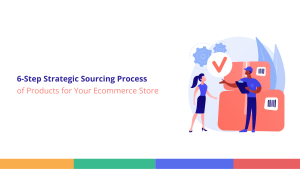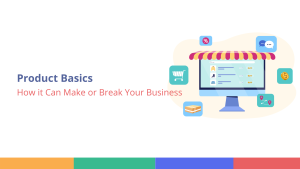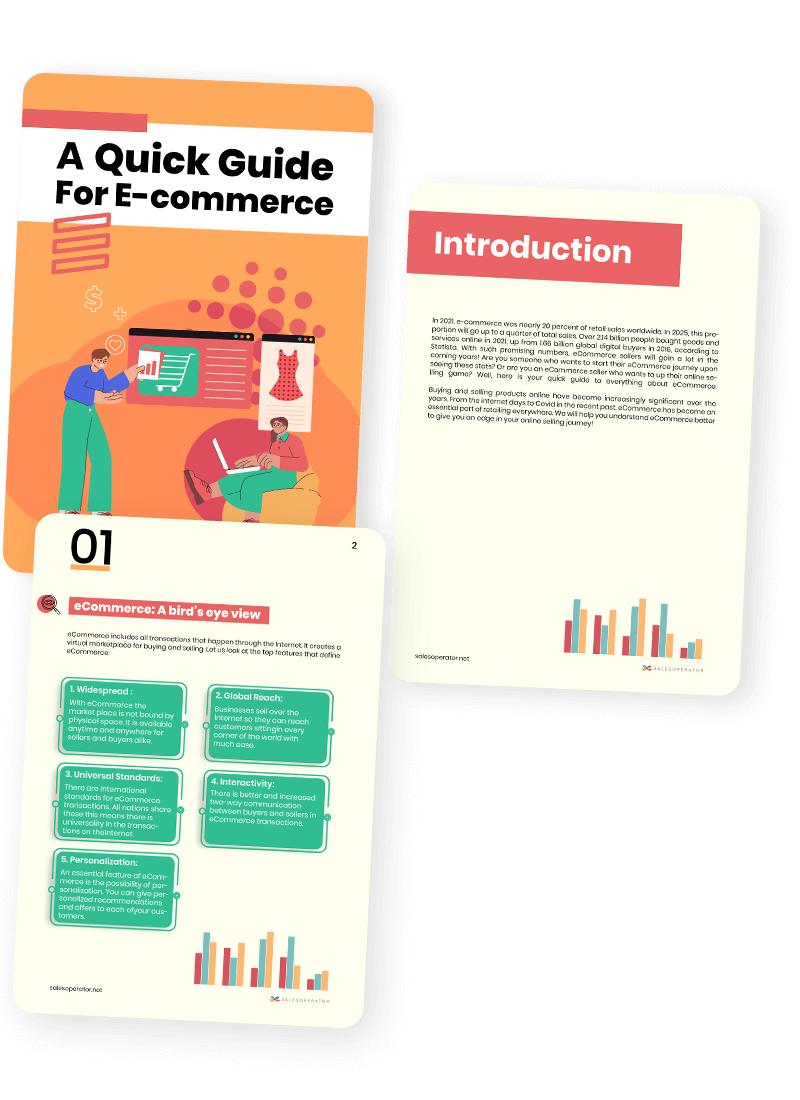Words are powerful. It’s true for Product Listings as well. If harnessed effectively by retailers, it can be a powerful tool for conversion as it is the defining sentence of your product you’re selling. That is why crafting compelling product listings is essential to entice customers, drive conversions, and enhance the overall shopping experience.
Here are 10 strategies to create impactful e-commerce product listings:
1. Clear and Descriptive Titles
Product titles define the personality of your product. They should reflect key features, benefits, and purposes. There should be a clarity of purpose in the title as it helps customers quickly understand its value. Additionally, it should be search engine friendly so that people can find it easily.
Adding strategic keywords in the title enhances search visibility, making items more discoverable by the people. Effective titles drive higher click-through rates, improving conversion rates. By distilling product attributes into a few words, your customers get an instant snapshot of what’s on offer, minimizing confusion, encouraging engagement, and aiding decision-making. Ultimately, well-crafted titles are both an art and a science, conveying essential information succinctly to drive customer interest and boost sales.
For example: if you’re selling a high-performance blender, a title like “Powerful 1000-Watt Blender for Smoothies and More” conveys not only the appliance’s wattage, it also instantly resonates with the target customers who seek efficient blending solutions.
2. Make Product Easy to Find
It goes without saying that your product listing page should be easily discoverable. To have your products appear prominently in search results, you need to optimize your page for SEO.
Here are some key areas to focus on:
- Title tag: The headline on your product listing page is the primary display on search engine results. Craft it with relevant keywords and strategy that instantly resonates. Conduct extensive keyword research, take care of search volume and user intent, and lead to a well-tailored title.
- Strong meta description: Create a concise depiction of your product page’s content. Convey value in 150-160 characters that quickly convinces shoppers that your page addresses their needs precisely.
3. Make Product Descriptions Engaging
Write product descriptions that explain what the product does and why it’s useful. Show its features, benefits, and how it solves problems. It helps customers know if the product is the right choice for them before buying. Plus, good product descriptions make the product’s value clear, helping people decide if they should get it.
4. High-Quality Visuals
Images are more powerful than 1000 words. Use clear, high-resolution close-up images that display the product from different viewpoints. It should be sharp, well-lit, and faithfully portray the product’s look and specifics. Great visual presentation helps customers examine the product thoroughly, helping them make an informed choice. High-quality images ensure accuracy, allowing customers to understand the product’s real attributes and condition before purchasing.
5. Feature Bulleted Points
Use bullet points to list the product’s main features and specifications. Keep it simple, clear, short, and precise. Make it easy for customers to quickly scan and grasp important information.
6. Incorporate Social Proof
Social proof adds to testimonials. Integrate customer reviews, ratings, and testimonials into the product listing. Genuine feedback from other buyers serves as valuable social proof that can influence purchasing decisions.
To know about Customer Feedback, Read the blog: How to Profit From Direct And Indirect Customer Feedback.
7. Offer Clear Pricing Information
Ensure the price is easily visible and easy to understand. If there are any current deals, discounts, or special offers, highlight them to encourage buying. Clear pricing ensures customers can quickly see how much the product costs, helping them make quick decisions. Additionally, showcasing promotions or discounts can create a sense of value, motivating customers to make a purchase.
8. Implement SEO Best Practices
Optimize your product listings for search engines by including relevant keywords in titles, descriptions, and metadata. This improves the chances of your products appearing in relevant search results.
9. Mobile-Friendly Design
As a majority of people are buying on mobile. Ensure that your product listings are optimized for mobile devices. The layout, images, and text should adapt seamlessly to smaller screens.
10. Provide Product Availability Status
Indicate whether the product is in stock or if it’s a pre-order. Communicating availability prevents customer disappointment and enhances transparency. It becomes all the more important if you have more than one e-commerce platform. To avoid confusion, you can think of using multichannel e-commerce software so that your product inventory data is accurately and quickly updated.
Closing thoughts
By implementing these 10 strategies, you can create effective e-commerce product listings that resonate with your target audience, foster trust, and drive successful conversions.




